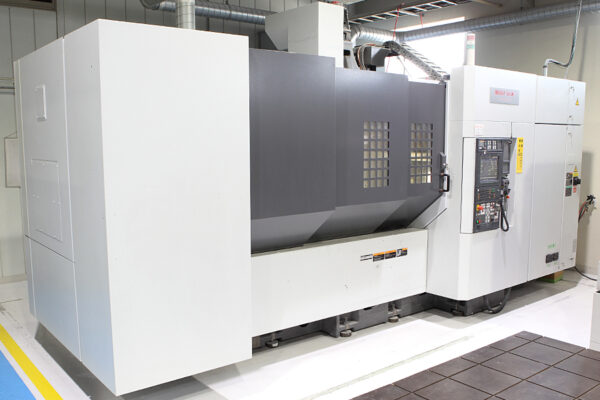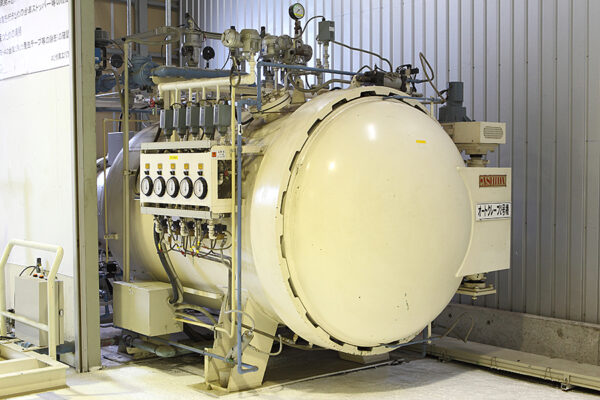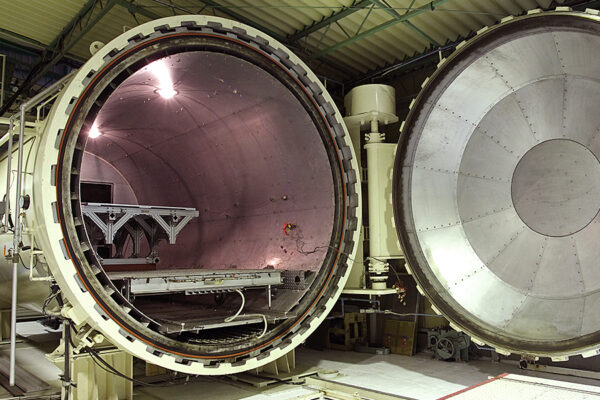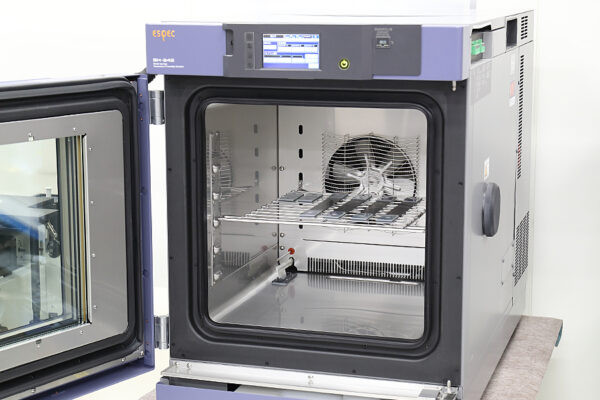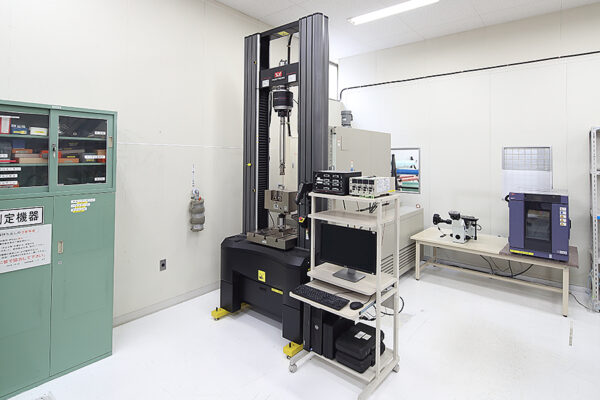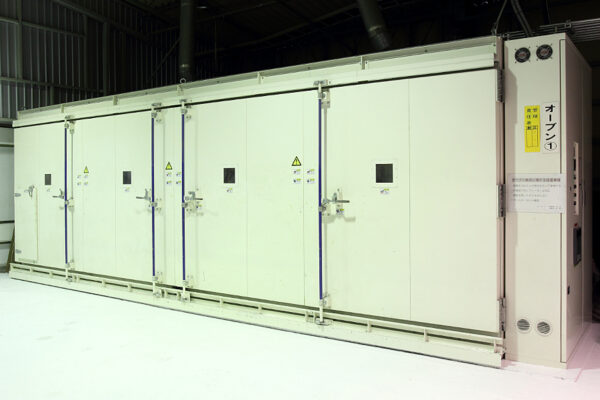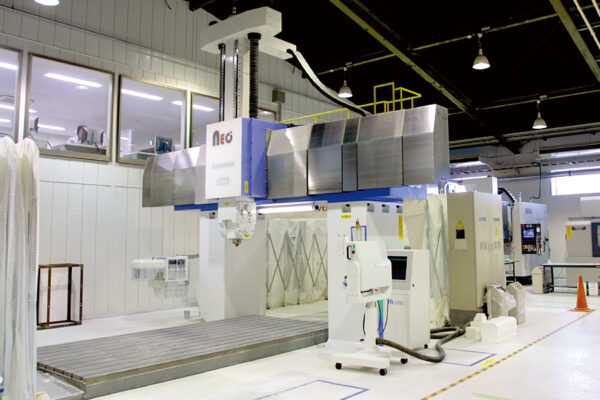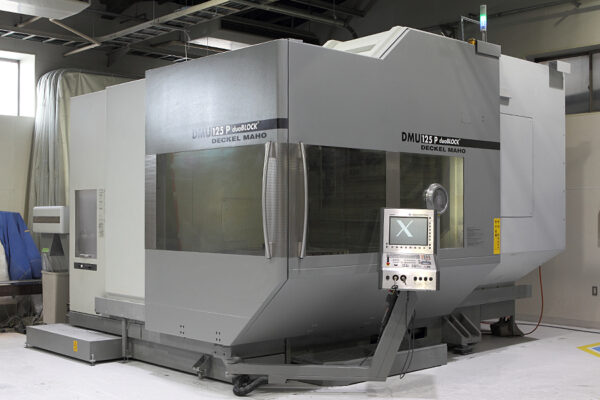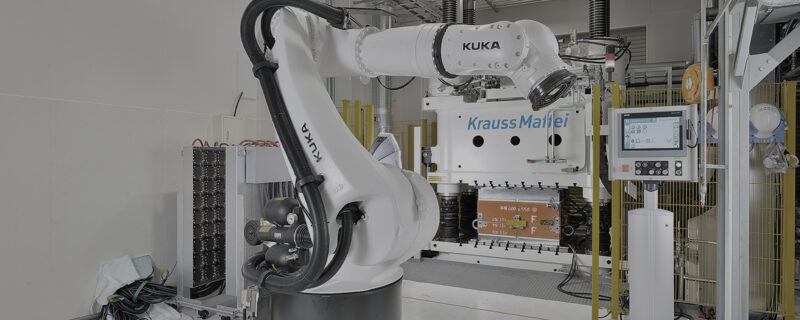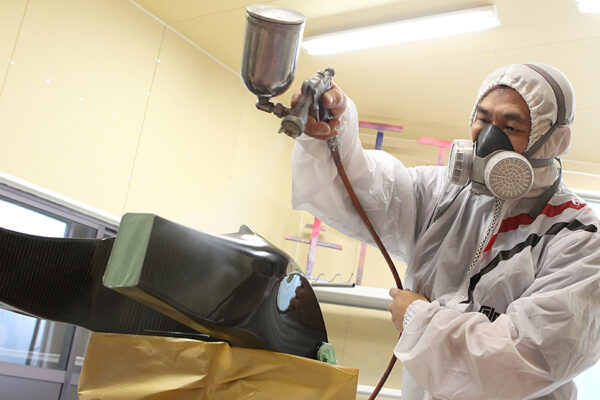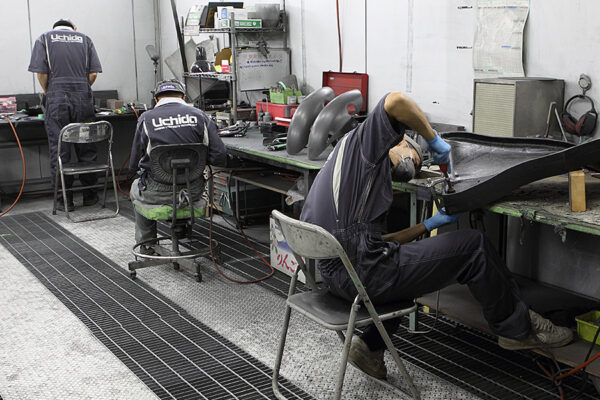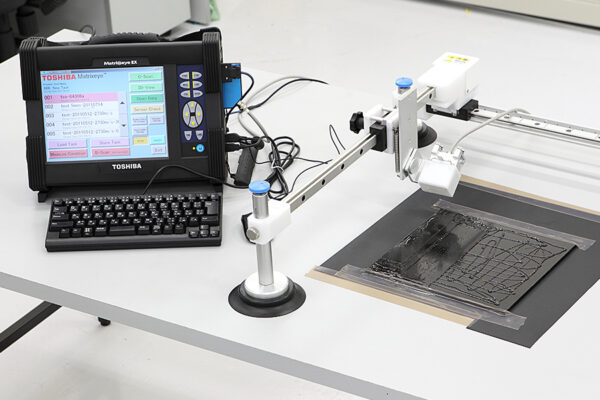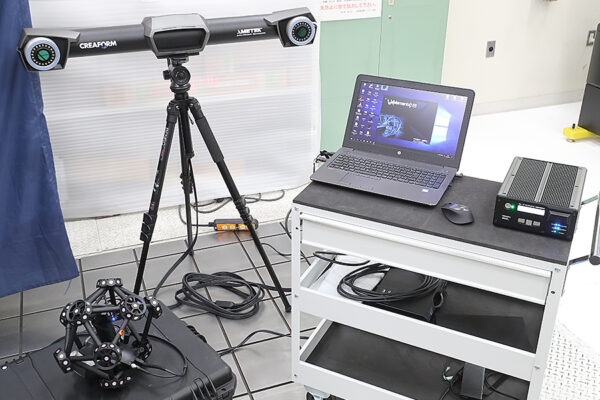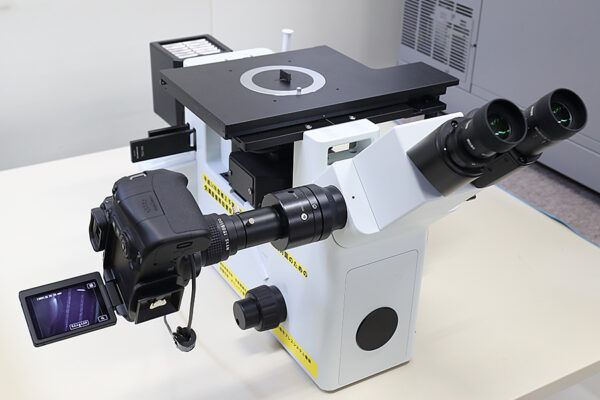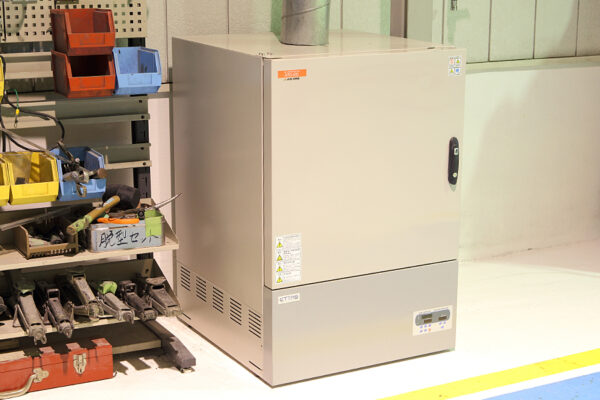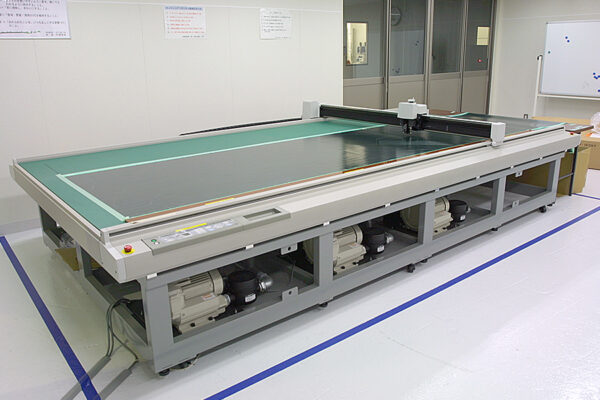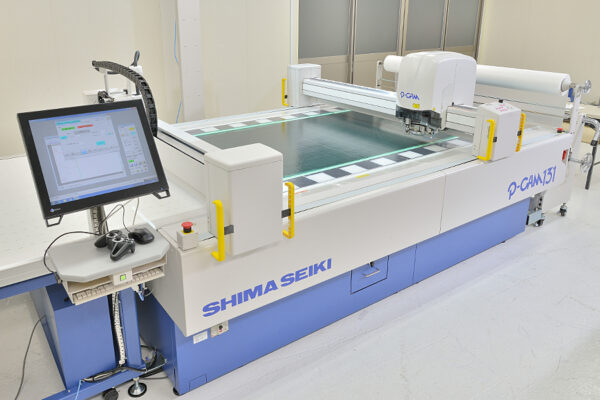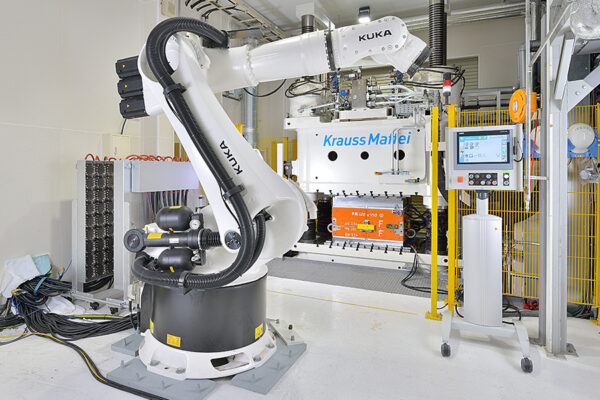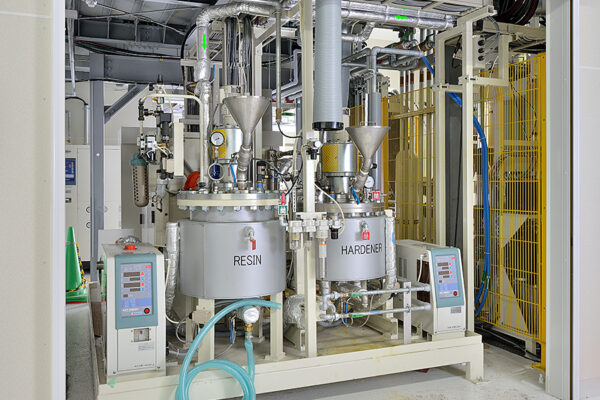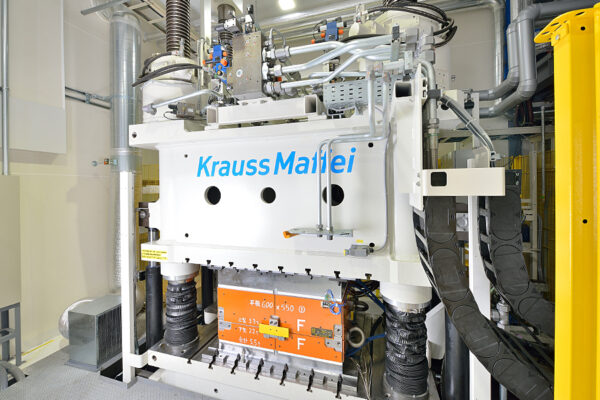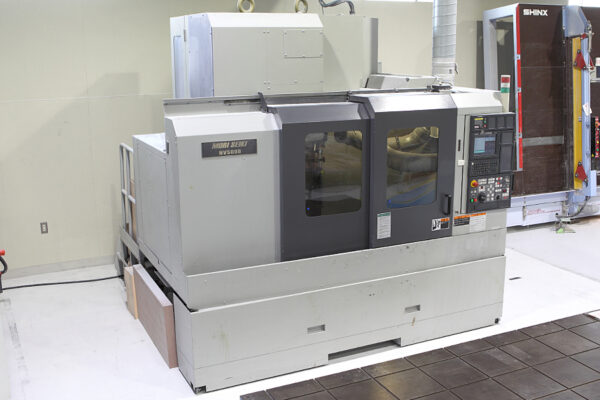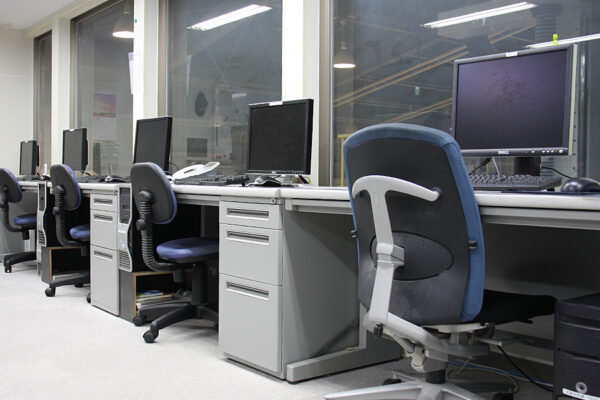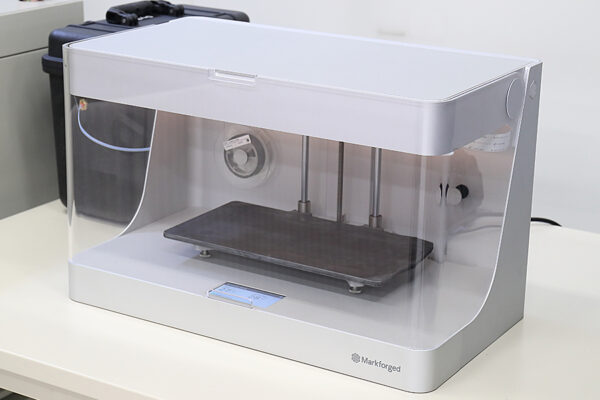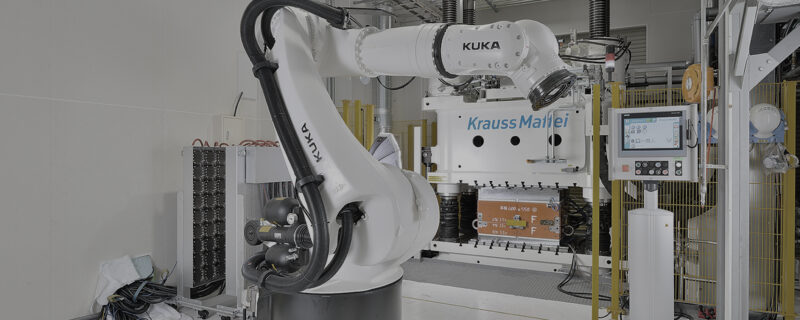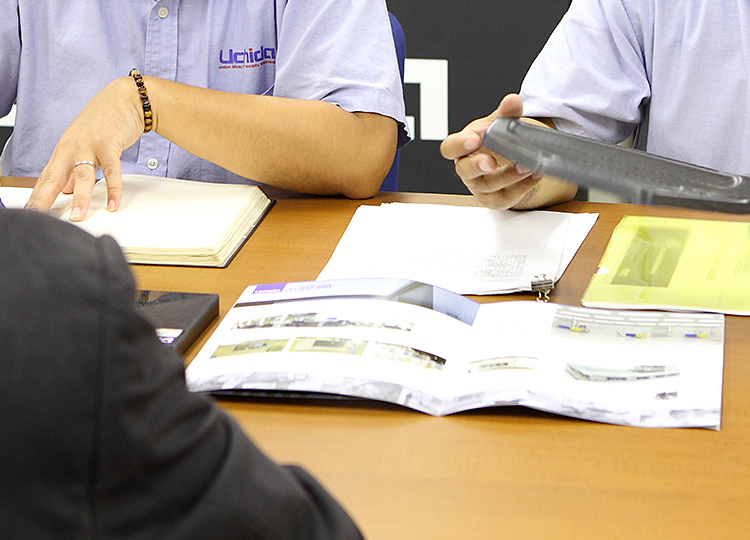Introduction
CFRP (carbon fiber reinforced plastic) is used in a variety of fields, including aerospace, automotive, and sporting goods, thanks to its excellent lightweight and high strength. However, CFRP is extremely hard and difficult to process, so appropriate technology is required. This column describes the main methods and their respective characteristics of CFRP processing technology.
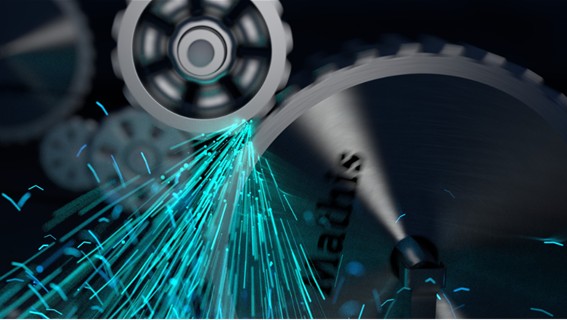
Features of CFRP Processing
CFRP is a composite material in which carbon fibers are reinforced with resin. This structure makes it extremely strong and lightweight at the same time. However, because carbon fibers are in fibrous form, special techniques are required for processing. In addition, the hardening of the resin may affect the precision and finish after processing.
When machining CFRP, the following points should be kept in mind
- High hardness: The carbon fibers are reinforced, making it difficult to cut with ordinary tools.
- Dust generation: Carbon fiber and resin may scatter as dust during machining.
- Tool wear: Cutting tools and tools wear quickly due to the high hardness of the material.
CFRP Processing Methods
Cutting
Cutting is the most common method to precisely modify CFRP into shape. A drill, milling machine, or lathe is used to cut CFRP. In this method, setting of cutting speed and cutting conditions is very important.
- Feature: High-precision shape machining is possible, especially used for complex shapes and fine drilling.
- Key point: It is recommended to use tools with special coatings because of the high wear that occurs during cutting. It is also important to use a cooling solution to prevent excessive heat generation.
Grinding
Grinding is a method for finishing CFRP to a smooth surface. In particular, it is used to smooth the surface of CFRP. Diamond or ceramic abrasive tools are often used for grinding.
- Characteristics: Used for fine finishing operations and surface preparation. It can finish with high precision and is suitable for fine finishing.
- Key point: Since a lot of dust is generated during grinding, consideration must be given to the work environment and exhaust system.
Drilling
Drilling is a common method for drilling holes in CFRP. Special CFRP drills are used to increase drilling accuracy. It is important to select a drill for CFRP because using a regular drill bit will cause the material to crack or fibers to protrude.
- Feature: Very precise drilling is possible, especially when drilling small-diameter holes.
- Key point: It is important to pay attention to the selection of drill bits and cutting conditions, and to work at an appropriate cutting speed.
laser processing
Laser processing is a method for cutting and drilling CFRP with high precision. It is particularly suitable for processing complex shapes and fine details; CO2 lasers and fiber lasers are often used.
- Feature: Cutting is possible with minimal thermal effects, and even complex shapes can be processed with high precision.
- Point: Because of the thermal effects of laser processing, there is a risk of resin melting during processing. Consideration must be given to the cooling system and processing environment.
Hydraulic Cutting
Hydraulic cutting (water jet cutting) is a method of cutting CFRP using an ultra-high pressure water stream. This method is not affected by heat and allows very precise cutting.
- Features: No deformation due to heat and very precise cutting is possible. It is also suitable for processing complicated shapes.
- Key point: Hydraulic cutting may slightly slow down the processing speed, and cooling is important.
Cautions for CFRP machining
When machining CFRP, the following points should be noted:
- Tool selection: CFRP is very hard, so the tools used for machining must be sufficiently durable. Diamond-coated or ceramic tools are commonly used.
- Dust control: Dust generated during CFRP processing can be harmful, so proper ventilation and dust control are necessary. The use of dedicated dust collectors and masks is recommended.
- Use of cooling liquid: High temperatures during processing may cause resin parts to melt, so it is important to use cooling liquid to control temperature.
Areas of application of CFRP processing
CFRP processing technology is utilized in the following areas, among others:
- Aerospace industry: Aircraft structural and engine parts are manufactured using CFRP, which is lightweight and high-strength. CFRP processing technology is indispensable due to the high precision required.
- Automotive industry: CFRP is used in the processing of parts to reduce the weight of automobiles. CFRP is being used especially in sports cars and electric vehicles.
- Sporting goods: CFRP processing technology is also used in sporting goods such as bicycle frames, golf clubs, and ski boards. Since lighter weight and strength are required, precision processing is used.
Summary
CFRP processing requires special techniques and ingenuity to form this lightweight, high-strength material into a variety of shapes. Multiple methods are available, including cutting, grinding, drilling, and laser machining, and each method has its own specific advantages and challenges. taking advantage of CFRP’s characteristics, precise and efficient machining is finding applications in a wide variety of fields. With the evolution of processing technology, the use of CFRP is expected to expand further in the future.
Related useful contents
You can explore related content by clicking on a topic of interest.
ABOUT UCHIDA - 55 years since our founding
We leverage a wealth of technical expertise as a CFRP molding and processing manufacturer using FRP, GFRP, and CFRP materials. We offer a one-stop solution, encompassing design, analysis, manufacturing, secondary processing, assembly, painting, quality assurance, and testing.
UCHIDA's equipment
We have cutting-edge equipment to ensure that we can address even the most advanced challenges of our customers.
Video Library
In the following video, we provide a detailed overview of our manufacturing process. Please feel free to watch and learn more.
Contact us


